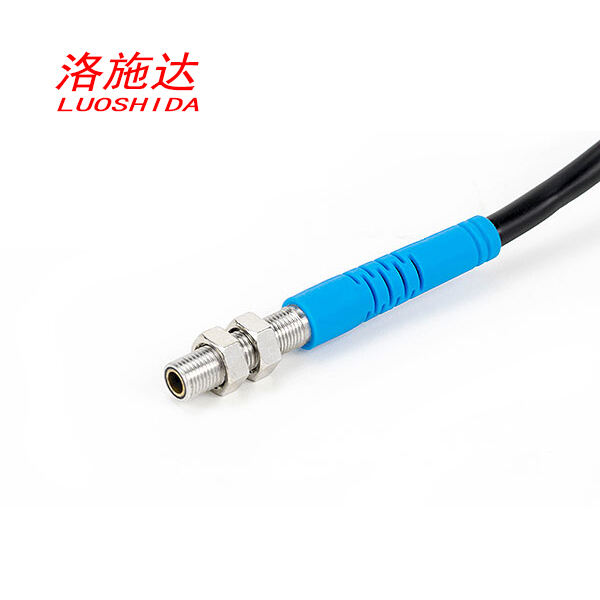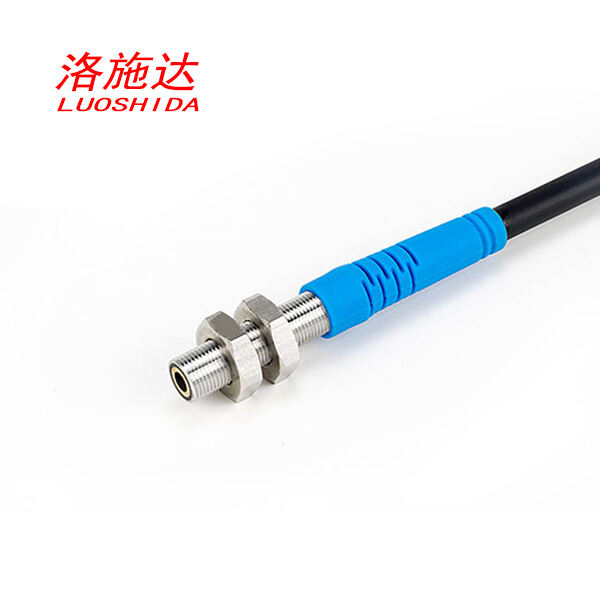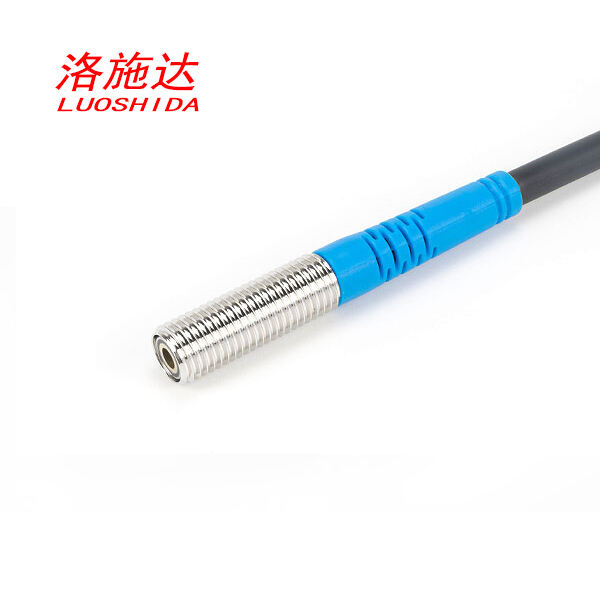Worried about inaccurate detection in complex environments? Photoelectric sensors can solve it.
How Photoelectric Sensors Enhance Detection in Complex Environments
Photoelectric sensors are pivotal in industrial automation, providing precise object detection and monitoring. According to a report by MarketsandMarkets, the global market for photoelectric sensors is projected to experience significant growth due to their increasing adoption in automation technologies. These sensors utilize light to detect objects, changes in surface conditions, and other attributes, making them essential for enhancing operational efficiency in various industrial settings.
Complex environments, such as those with dust, humidity, or varying light conditions, pose significant challenges for traditional sensors. However, photoelectric sensors are specifically designed to overcome these obstacles, ensuring reliable performance. Their capability to adjust and compensate for environmental disturbances allows for consistent detection and accuracy, even in the most demanding scenarios. This resilience makes them invaluable in industries where environment variability is a constant factor.
Types of Photoelectric Sensors for Accurate Detection
Photoelectric sensors are essential for achieving precise object detection in various industrial applications. They come in several types, each tailored to meet specific operational needs, enhancing accuracy and reliability in challenging environments.
Through-Beam Sensors
Through-beam sensors consist of a separate transmitter and receiver, offering exceptional long-range detection capabilities. These sensors can detect objects up to 60 meters away, making them suitable for large-scale industrial applications. Their high accuracy and long-range detection make them indispensable in environments where precise detection from a distance is critical.
Retroreflective Sensors
Retroreflective sensors utilize a reflector to bounce emitted light back to the receiver, ensuring reliable detection in medium-range applications. These sensors are particularly favored in industries like packaging and material handling, where they provide effective detection solutions without requiring a separate receiver setup, thus simplifying installation and maintenance processes.
Diffuse Mode Sensors
Diffuse mode sensors are designed to detect objects by measuring the reflective light from the object itself, making them ideal for short-range applications. Their compact design and ability to provide accurate detection in limited spaces make them widely used in robotics and assembly lines, where space and precision are critical factors.
Background Suppression Sensors
Background suppression sensors are engineered to ignore reflections from distant objects, ensuring precise detection of nearby objects. This feature makes them particularly useful in high-precision applications like the automotive industry, where detecting objects amidst complex backgrounds and various reflections can be challenging.
In conclusion, understanding the different types of photoelectric sensors helps in selecting the right sensor for specific industrial needs, thereby enhancing detection accuracy and operational efficiency.
Advantages of Photoelectric Sensors in Complex Scenarios
High Precision and Reliability
Photoelectric sensors are renowned for their high precision and reliability, making them indispensable in complex scenarios. Studies indicate an impressive detection accuracy of over 99% in industrial settings, highlighting their effectiveness. These sensors excel in providing accurate data, even under challenging conditions, because of their ability to detect small variations in the intensity and position of light. Their precision and reliability ensure that industries can maintain high levels of efficiency and quality control.
Adaptability to Harsh Conditions
Designed for durability, photoelectric sensors can adapt to harsh environmental conditions, making them suitable for various industrial environments. Many of these sensors boast an IP67 rating, which enables them to operate efficiently in extreme temperatures, dusty environments, and areas with high moisture levels. This adaptability extends their life span and ensures consistent performance, even in the most demanding conditions, thereby safeguarding industrial operations against potential environmental disruptions.
Ease of Installation and Maintenance
Photoelectric sensors offer the advantage of being easy to install and maintain, which effectively reduces downtime and operational costs. Their plug-and-play design is a significant benefit, allowing for quick setup—a factor that can lead to savings of up to 30% in installation time. Moreover, their minimal maintenance requirements further enhance their cost-effectiveness, as they reduce the need for frequent servicing and the associated costs, thus contributing to smoother, uninterrupted industrial processes.
Applications of Photoelectric Sensors in Various Industries
Manufacturing and Assembly Lines
Photoelectric sensors are pivotal in manufacturing and assembly lines, providing critical services such as object detection, positioning, and quality control. Their integration into automated systems has been shown to increase efficiency by as much as 40%. These sensors can accurately identify products and parts on conveyor belts, ensuring smooth and precise operations. Moreover, they enhance quality management by detecting defects or misalignments, a crucial factor in maintaining product standards. This capability makes them indispensable in modern manufacturing environments.
Food and Beverage Industry
In the food and beverage industry, photoelectric sensors play a crucial role in ensuring hygiene and precision during packaging and bottling processes. These sensors are FDA-compliant, making them safe and effective for use in food processing. Their high precision ensures that filling processes are consistent, which is vital for maintaining quality and meeting regulatory standards. Additionally, they help in detecting and removing contaminants, thereby safeguarding health and safety in food production environments.
Automotive and Logistics
Photoelectric sensors are essential in the automotive and logistics sectors for part detection, monitoring conveyor belts, and enhancing operational fluidity. They are employed in over 70% of automotive assembly plants globally, underscoring their importance. These sensors ensure that parts are correctly positioned during assembly, reducing errors and improving efficiency. In logistics, their ability to track items on conveyor belts ensures timely processing and dispatch, highlighting their role in streamlining operations across various stages of automotive production and distribution.
Exploring Top Photoelectric Sensor Products
M5mini Photoelectric Sensor
The M5mini photoelectric sensor is celebrated for its compact design and performance efficiency in tight spaces. It plays a significant role in robotics and small-scale automation projects where space is at a premium and precision is essential. Its small size does not compromise its functionality, making it an optimal choice for various industrial applications.

M6mini Photoelectric Sensor
The M6mini photoelectric sensor is renowned for its enhanced detection capabilities, making it ideal for medium-range applications. It is widely favored in the packaging industry due to its remarkable reliability, ensuring precise and consistent operation. This sensor skillfully balances performance and adaptability, addressing industry needs where mid-range detection is critical.

M8mini Photoelectric Sensor
The M8mini photoelectric sensor is tailored for long-range detection, suiting large-scale industrial settings. Its robust design and superior accuracy make it indispensable in logistics and warehousing, where durability and precision are highly valued. The M8mini's resilience supports extensive industrial requirements, enhancing operational efficiency and reliability.


 EN
EN
 AR
AR
 FR
FR
 DE
DE
 IT
IT
 JA
JA
 KO
KO
 PT
PT
 RU
RU
 ES
ES
